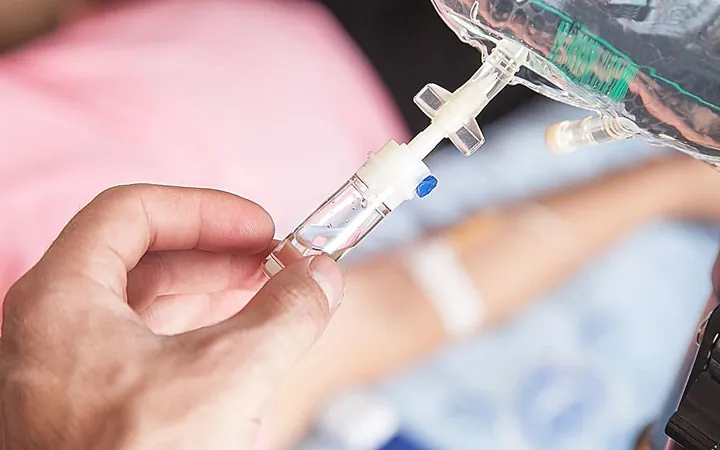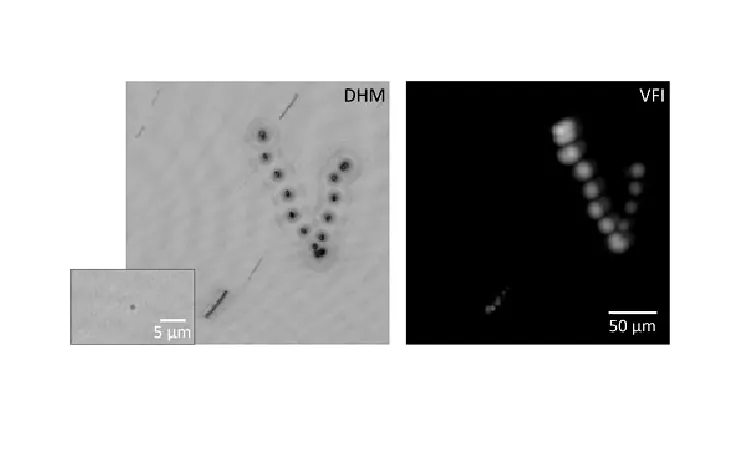
Breakthrough Treatment for Stroke: Alteplase Shows Promise in Enhancing Recovery
2025-04-04
Author: Nur
Significant Advancement in Stroke Treatment
In a significant advancement for stroke treatment, a recent study published in the New England Journal of Medicine indicates that alteplase—when administered within 4.5 to 24 hours after the onset of mild posterior circulation ischemic stroke—can significantly improve functional independence outcomes compared to standard medical care.
Study Details
The research, spearheaded by Dr. Shenqiang Yan from the Second Affiliated Hospital of Zhejiang University in Hangzhou, China, involved a randomized trial of patients who experienced posterior circulation ischemic strokes that did not qualify for thrombectomy interventions. A total of 234 patients were enrolled, with half receiving alteplase (at a dosage of 0.9 mg/kg, capped at 90 mg), while the other half underwent standard medical treatment.
Outcome Measures
The primary measure of success was defined as functional independence, assessed using the modified Rankin scale—a scoring system ranging from 0 (no symptoms) to 6 (death). Remarkably, at the 90-day mark, a staggering 89.6% of patients treated with alteplase achieved functional independence, compared to just 72.6% in the standard treatment group. This translates to an impressive risk ratio of 1.16 in favor of alteplase, showcasing its potential effectiveness in this critical time window.
Safety Considerations
However, there are important safety considerations to note. The study reported a 1.7% incidence rate of symptomatic intracranial hemorrhage in the alteplase cohort, compared to 0.9% in those receiving standard care. Furthermore, mortality rates at the 90-day follow-up were slightly lower among the alteplase group, with 5.2% of patients having died, versus 8.5% in the standard treatment group.
Implications for Stroke Management
The findings highlight a promising option for patients suffering from mild posterior circulation ischemic strokes who may not have access to endovascular thrombectomy, which remains a common intervention for more severe strokes. The authors of the study advocate for considering alteplase as a treatment option within this expanded window, suggesting that timely administration could lead to better outcomes and enhance recovery for stroke survivors.
Conclusion
This breakthrough could redefine how posterior circulation strokes are managed, potentially providing hope to thousands of patients and their families dealing with the aftermath of stroke. As research continues, the medical community eagerly anticipates further developments that could refine treatment protocols and improve patient care in this critical area.



 Brasil (PT)
Brasil (PT)
 Canada (EN)
Canada (EN)
 Chile (ES)
Chile (ES)
 Česko (CS)
Česko (CS)
 대한민국 (KO)
대한민국 (KO)
 España (ES)
España (ES)
 France (FR)
France (FR)
 Hong Kong (EN)
Hong Kong (EN)
 Italia (IT)
Italia (IT)
 日本 (JA)
日本 (JA)
 Magyarország (HU)
Magyarország (HU)
 Norge (NO)
Norge (NO)
 Polska (PL)
Polska (PL)
 Schweiz (DE)
Schweiz (DE)
 Singapore (EN)
Singapore (EN)
 Sverige (SV)
Sverige (SV)
 Suomi (FI)
Suomi (FI)
 Türkiye (TR)
Türkiye (TR)
 الإمارات العربية المتحدة (AR)
الإمارات العربية المتحدة (AR)